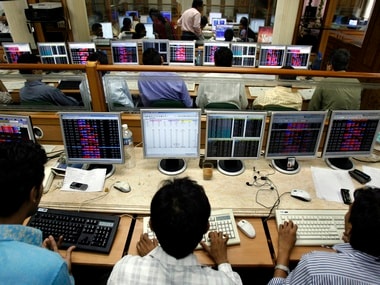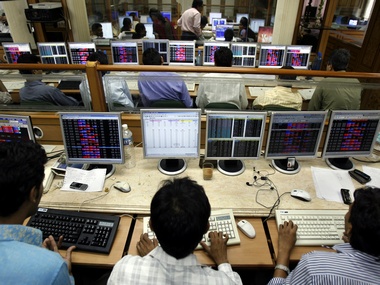Blue chip stocks drove Indian equity markets in 2013, but small and mid-cap stocks returned huge losses of up to 16 percent. The BSE Sensex is likely to end the year with a modest 7 percent gain, but a majority of mid-size and small companies failed to fire this year.
The BSE’s mid-cap and small-cap indices have fallen by about 10 percent and 16 percent, respectively, so far this year. Last year, mid and small cap stocks gave returns of up to 40 percent. They outperformed the Sensex, which rose about 25 percent during 2012.
Analysts blamed lower participation from investors for the carnage in mid-caps and small-caps stocks. Buying appetite is missing in small and mid-cap stocks and large-caps are more in favour since they are in the trading portfolio of most of the funds, they added.
“The reason why the performance of small-cap and mid-cap stocks has not been up to the mark is that retail participation in the markets has been poor. Little stock related movement has been witnessed in small-caps and mid-caps this year,” Augment Financial Services’ founder and CEO Gajendra Nagpal said.
Retail investors have large exposure to mid-cap and small-cap stocks, but their participation dropped sharply in the last few months, traders said.
“This year the volatility in the overall Nifty-50 stocks was very huge. Also, earnings for the small-caps and mid-caps have fallen in general on account of high interest scenario and fall in GDP. In comparison, earnings growth was very high in the large-cap and Nifty-50 stocks and they provided descent returns,” said Yogesh Nagaonkar, VP (institutional equities) at Bonanza Portfolio.
The fall in smaller stocks was largely due to steep decline in the rupee and higher balance sheet stress, an expert said.
Mid-cap and small-cap stocks are generally looked at by local investors, whereas overseas investors’ largely prefer to invest in large-cap stocks.
FIIs, who are the major driver for the Indian stock market, have been bullish on the domestic equity market this year. Overseas investors tend to invest in large-caps and there investment portfolio generally consists of frontline big companies. So, Sensex stocks have fared better when compared to smaller stocks," Nagpal said.
[caption id=“attachment_1178367” align=“alignleft” width=“380”]
 The fall in smaller stocks was largely due to steep decline in the rupee and higher balance sheet stress, an expert said.
Reuters.[/caption]
Market analysts said heavy FII inflows and good quarterly results by some big companies have helped blue-chip stocks to perform well this year.
Foreign Institutional Investors (FIIs) have bought shares worth Rs. 1.10 lakh crore ($19.72 billion) till December 19, 2013. Last year, they had pumped in Rs. 1.28 lakh crore ($24.3 billion) in the Indian stock market.
Analysts said: “When the economy grows, mid-cap and small-caps lead the gains, but when slowdown comes, they are the worst affected.”
In terms of valuation, the market capitalisation for the Sensex blue-chip companies rose by Rs. 20,258 crore to Rs. 69,42,073 crore so far this year.
“2012 was a better year in terms of small-cap and mid-cap as they did the catch up game with large-cap in terms of valuation. But as the growth came down for small and mid-caps compared to large-caps in 2013, there was huge valuation gap between the two,” Nagaonkar noted.
The Sensex had registered an all-time intra-day high of 21,483.74 on December 9, 2013, while both small-cap and mid-cap indices are far away from their lifetime highs they had scaled on January 8, 2008. The mid-cap index had touched a lifetime peak of 10,245.81 and the small cap touched an all-time high of 14,239.24 in January 2008.
Among small-cap stocks, HDIL tanked 56.7 percent, while Lanco Infra fell by 53.41 percent, IRB Infra lost 29.11 per cent and PTC India was is 16.36 percent for the year. In the aviation space, Kingfisher Airlines slumped 72.87 percent, Spicejet lost 63 percent and Jet Airways tanked 53 percent.
The mid-cap indices track the performance of companies with market value that are a fifth of blue-chip firms (large-caps), while the m-cap of small-cap firms are of almost one-tenth of an average large-cap stock.
PTI


)
)
)
)
)
)
)
)
)



